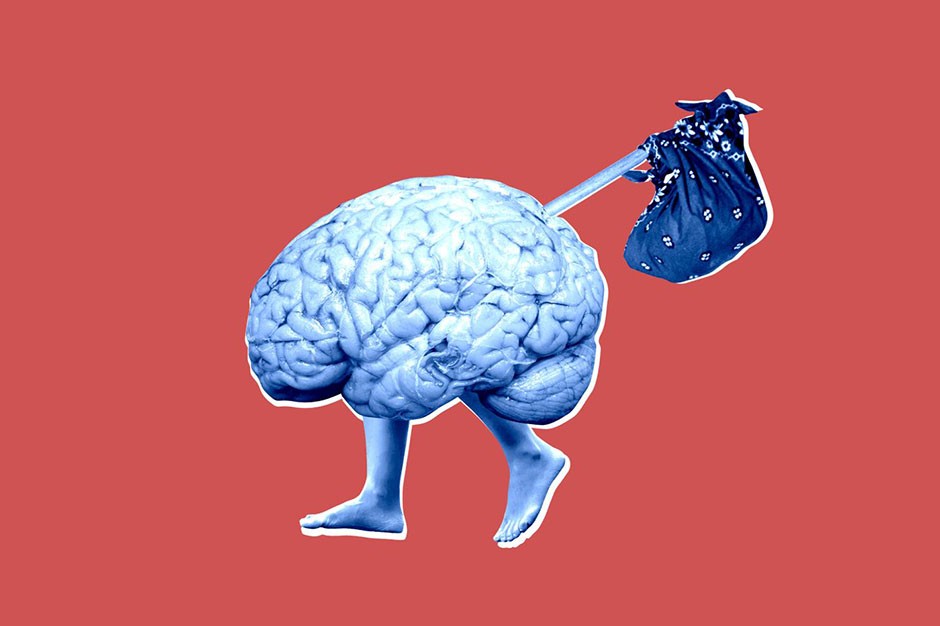As a practicing artist, researcher and art educator, Trish Osler works across disciplines in fine arts, science and museum culture on projects informed by the neuroscience of creativity. Her scholarly arts-based research explores artistic thinking processes, inspiration and aesthetic perception, seeking new approaches to teaching and learning.
A Doctoral Candidate with Concordia’s Faculty of Fine Art (Art Education), Trish holds an M.Ed (Art) from Western University as well as undergraduate degrees from OCAD University (Fine Arts, Drawing & Painting) and Queen’s University (English Literature). Trish is also the Director of Academic Research with the Convergence Initiative and co-instructs Convergence: Art, Neuroscience + Society. She has collaborated with the Innovation Lab at the Montreal Museum of Fine Art on virtual engagement in museum spaces and is currently co-editing two books that explore both international and Canadian museum education. While serving as a Concordia Public Scholar, Trish aims to bring new findings about the neuroscience of creativity into public conversations about the creative process and art education.


 Credit: Corbis
Credit: Corbis
 Credit: Siripont/Shutterstock.com
Credit: Siripont/Shutterstock.com
 Credit: szefar/Shutterstock.com
Credit: szefar/Shutterstock.com
 Credit: stunning art/ Shutterstock.com
Credit: stunning art/ Shutterstock.com
 Credit: Eak.Temeanich/ Shutterstock.com
Credit: Eak.Temeanich/ Shutterstock.com
